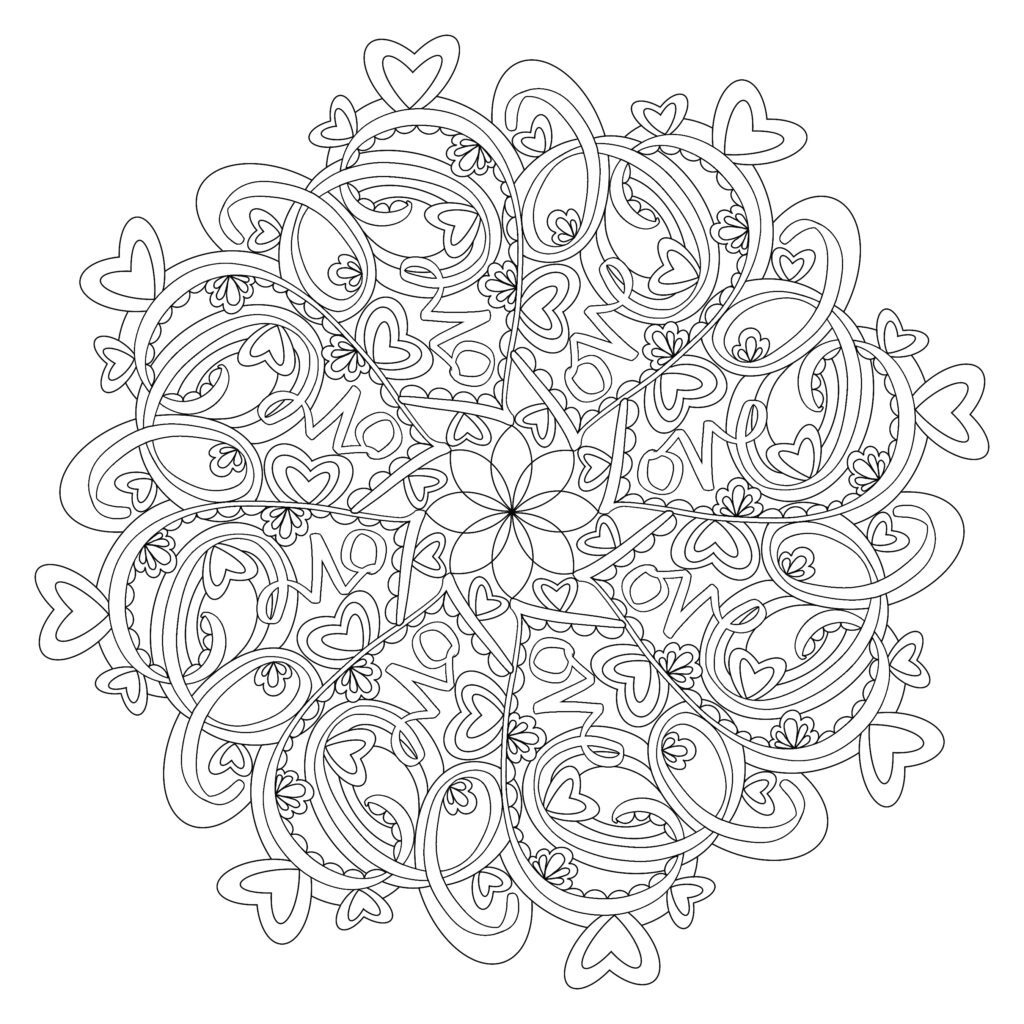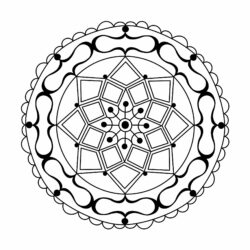
Emotional Health vs. Mental Health
For a long time, our modern science and culture has led us to believe that our brains are our most important organs. “I think, therefore I am.” Of course we believe that the health of the rest of our body is important; so we think about what foods to eat, or when to schedule in our exercise. Of course, we’re aware of the importance of our emotional health, too – though we commonly call it our ”mental” health. However, I believe that these are two very different, yet interconnected things. The grouping of these two things together, and the use of the term “mental health” to refer to both, alone demonstrates the approach we’re taking; the way that I’m thinking isn’t healthy, so I must think my way through a solution. Certainly this is helpful too, and is an important piece of any self-work, but we can feel like we’re hitting roadblocks when it’s the only approach we take. Perhaps you can rationalize with your anxious thoughts, but you still get that uneasy feeling in your stomach before every phone call. Perhaps you can recognize logically that a specific trauma taught you a specific unhealthy lesson, yet you still get triggered and fall into the same patterns. When we start to feel this way; ”I know what’s wrong, I keep trying to think of things differently, so why does nothing change?” We need to take a new approach. We need to feel what’s wrong, so that we can feel things differently. Then, things can really start to change.
Heart-Brain Connection
The Brain
It was once readily agreed upon by Western psychology that emotions were generated purely within the brain, experienced and expressed mentally. Eventually, we began to accept that emotions had an effect on our bodies; there is plenty of research that shows how mental stress affects our physical health. One can easily feel it for themselves; a close call while driving, and our bodies tense up. This idea that our brains are primarily sending information about our emotional state into our bodies, telling the body how to react and feel, is however, no longer understood to be the full truth either. While the brain certainly does send information to the rest of our bodies, it has been found that the heart actually sends more information to the brain about our emotional states than the brain sends to it.
The Heart
When the heart experiences an emotional state, its rhythm and rate changes, which is what clues our mental thinking brains in on what we’re feeling, emotionally. If we only ever try to change the way that we mentally think about our emotions, we aren’t getting to the foundation of these thoughts, which is the feeling of the emotion itself. This is where some non-thinking based approaches may be the next step that you hadn’t yet fully considered, and that you may even already be using, without realizing their importance.
Certainly many of us understand the calming feeling of taking walks in the park, a nice hot bath, or petting your purring cat; even better if we know to do these things to help ourselves out when we’re trying to calm our anxious thoughts. These “methods” are helping us give some well-needed love and attention to our emotional health. By giving attention to our emotional health, we can start to process the physical feeling of emotions that is triggering so much of our mental thinking about what’s upsetting us.
Cortisol as an Indicator of how our Heart Feels
The heart, the brain, and the body as a whole, is a practically infinitely complex mechanism of interconnected processes. So, how can we use science to understand psychology, and how can we express the results of endless studies on stress, simply? The answer is cortisol; the “stress hormone”. As mentioned earlier, when we experience emotions, our heart rate changes. However, this change of heart rate is also a part of a domino effect in the body; hormones are released, blood vessels constrict, and more; all of which contribute to the feeling and effect of “stress” within the body. Perhaps the most consistent and easily studied piece of this entire chain reaction is the levels of the hormone cortisol that can be found in our bodies. For that reason, most studies that question the causes and effects of stress, quote the levels of cortisol in participants. To put it simply, high cortisol = high stress, and low cortisol = low stress.
Making Art as a Method for Processing Emotions
Why?
Studies show that making art reduces stress; just like you may have found for yourself that you feel less stressed after a nice walk, bath, or cuddle session with your cat. In one study, it was found that about 75% of participants experienced a significant decrease in cortisol (stress hormone) levels after spending about 45 minutes making art. It’s also worth noting that this study found no significant differences in the results depending on the art materials used, nor depending on the participants’ level of skill or prior experience in making art.
How?
So, we know that making art can reduce stress in the body; but how could this potentially be such a significant step in processing our mental and emotional health as a whole? When making art, we can set a clear intention to relate our artwork to the specific mental health issue that we’re struggling with. When we focus on this mental issue while making art, we’ve created a space for ourselves where we can then approach the root of our mental issue, which is the emotional trigger. The space of making art is inherently creative and abstract; just like our emotions are. We also know that processing emotions without any guidelines to the process can be scary and overwhelming; which is why making art as a method for processing our emotions helps guide us, grounding us in with the hands-on use of different materials, such as drawing, paint, clay, collage, or whatever you have available. Put all of this together, and we can see the potential that making art has for being a powerful next-step when you feel like you’ve hit a roadblock in the journey of bettering your mental health.
References
Study on art-making and cortisol levels;
https://www.tandfonline.com/doi/full/10.1080/07421656.2016.1166832
How the brain experiences emotions vs. how the heart experiences emotions, and how they connect;
https://www.heartmath.org/resources/downloads/emotional-stress-positive-emotions/
